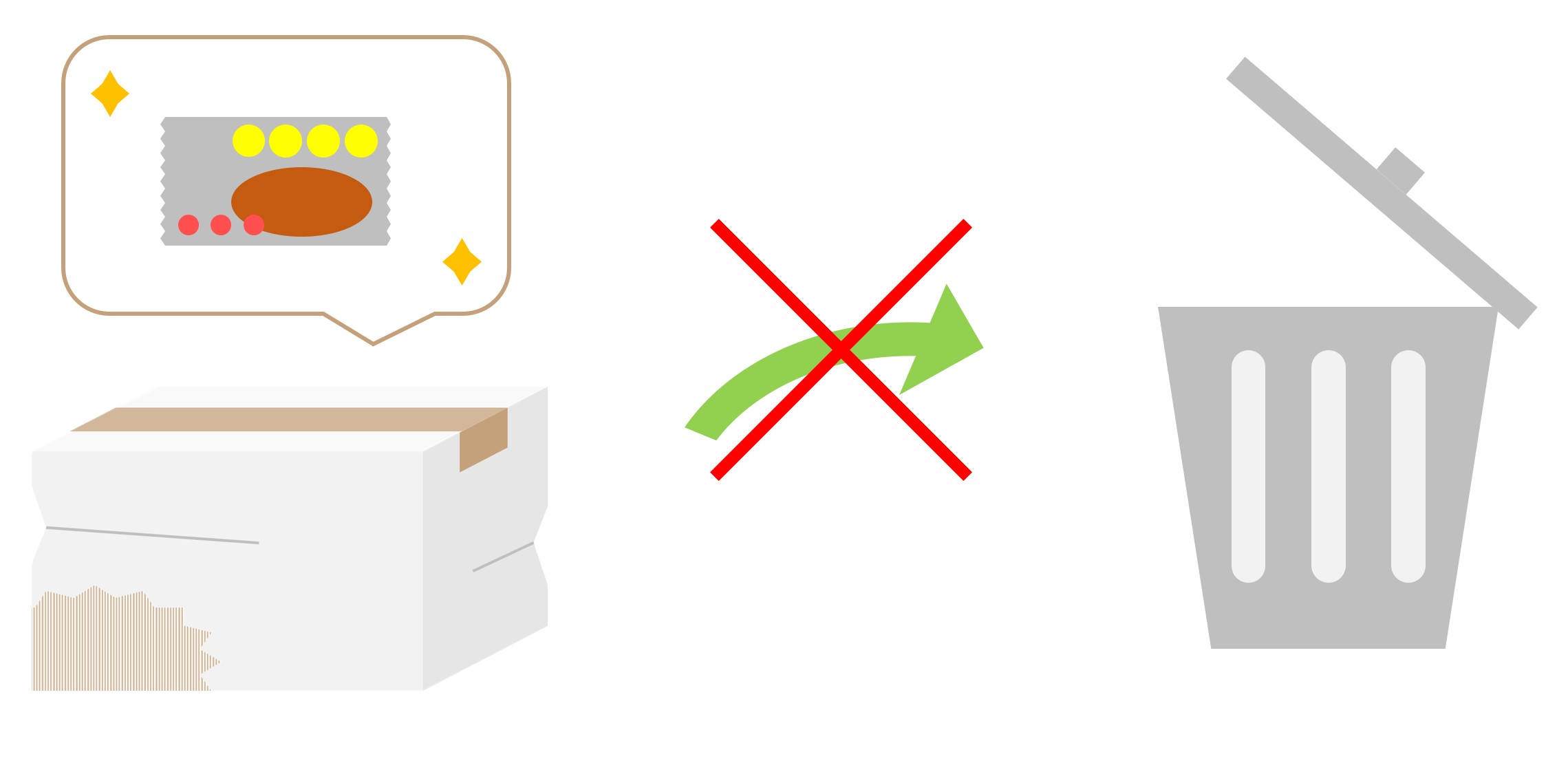Nichirei Foods Inc.
This page introduces the appeal of modern frozen foods, based on an interview with Nichirei Foods Corporation.
Date of interview (date of response): September 21, 2021
(From Nichirei Foods Inc.)
Nichirei's Commitment and Philosophy
Nichirei's frozen foods use the "freezing" function and the power of "freezing" to lock in the taste of freshly prepared food. Nichirei's frozen foods are designed to taste best when eaten after being heated in a microwave oven.
For example,
- Side dishes for the dining table can be microwaved and served immediately on the dining table to make them taste good.
- Products for lunchboxes are manufactured so that they can be packed in the morning and eaten at lunchtime.
Nichirei's commitment is to reproduce and realize the professional taste of its products by following the cooking process of professionals and incorporating it into the production process. By approaching the same type of products that are not frozen foods, we are continuing to evolve their products so that more people can become familiar with them.
About Packaging of Products
Not only the products themselves but also the packaging of the products are designed with ingenuity.
For example, Nichirei's popular "Amaebi Shumai" is designed to be cooked in the microwave with the entire bag.
The back of the package also contains a variety of information. If a lot of information is written haphazardly on the back of the package, it becomes difficult to read. As a countermeasure, the package has been designed by following per under CUD (Color Universal Design). The package is easy to read for all people, including those with color blindness.
Packaging is made of plastic, but this does not mean that they ignore the problem of waste plastic. Nichirei is taking the following measures.
- Thinning the thickness of the package
- Reducing the size of the package itself
Since 2006, Nichirei Foods has been working to reduce the amount of plastic used in the containers and packaging of frozen foods for commercial use. Compared to the situation before the implementation of the measures, the latest results show that we have achieved a reduction of more than 200 tons for the seven targeted products.
About Ingredients
What do you think of when you think of Nichirei's popular products? While side dishes for lunchboxes are popular, rice products such as "Honkaku itame cha-han" ,"Honkaku yaki onigiri," and "Ebi pirafu" often attract attention.
Since rice is the staple food of the Japanese, rice products are very popular.
They are also particular about the brand of rice they use. Most of the rice brands we hear about are those sold in supermarkets, such as "Koshihikari," "Hitomebore," and "Akita Komachi. However, Nichirei carefully selects the best brands from all over the country to use in its frozen foods. This means that brands that we are familiar with or that are delicious when cooked at home are not necessarily suitable for frozen foods.
For example, "Honkaku itame cha-han" is made with first-class rice.
First of all, to grow and sell rice, brown rice must be inspected. The inspection standard for brown rice is 70% or more of clean grains, 15% moisture content, damaged grains, dead grains, colored grains, different kinds of grains, and foreign matter (7% or less dead rice, 0.1% or less colored grains, 0.3% or less rice husk, 0.1% or less wheat, 0.3% or less other grain, 0.2% or less foreign matter). These are the products that have passed the inspection standards. As the rice becomes second grade, third grade, and so on, the grain quality becomes worse, and the number of damaged grains, dead grains, colored grains, different kinds of grains, and foreign materials increases. First-grade rice, which is used for "Honkaku itame cha-han", is the cleanest and has the least amount of foreign matter and colored rice.
About Distribution
In the distribution of frozen food products, wholesalers usually act as intermediaries before the products are delivered from the manufacturer to supermarkets and other retail stores. This does not mean that Nichirei is entirely responsible for the distribution of its products. Even in this process, frozen foods need to be distributed at a temperature of -18°C or lower, so they are provided to consumers with careful temperature control and other measures.
Initiatives for Food Loss
Nichirei is also taking steps to address food loss.

Among the items that cannot be handled as products due to "damage to the outer box" or other reasons that occur during distribution, those that do not have damage to the inner bag (i.e., no quality problems) are refurbished and commercialized, donated to a food bank, or given in-house tasting sessions.
Furthermore, not only within Nichirei Foods Corporation but also throughout the Nichirei Group, various efforts are being made. We are working to reduce food loss by freezing ingredients in their freshest state and procuring only what is needed when it is needed.